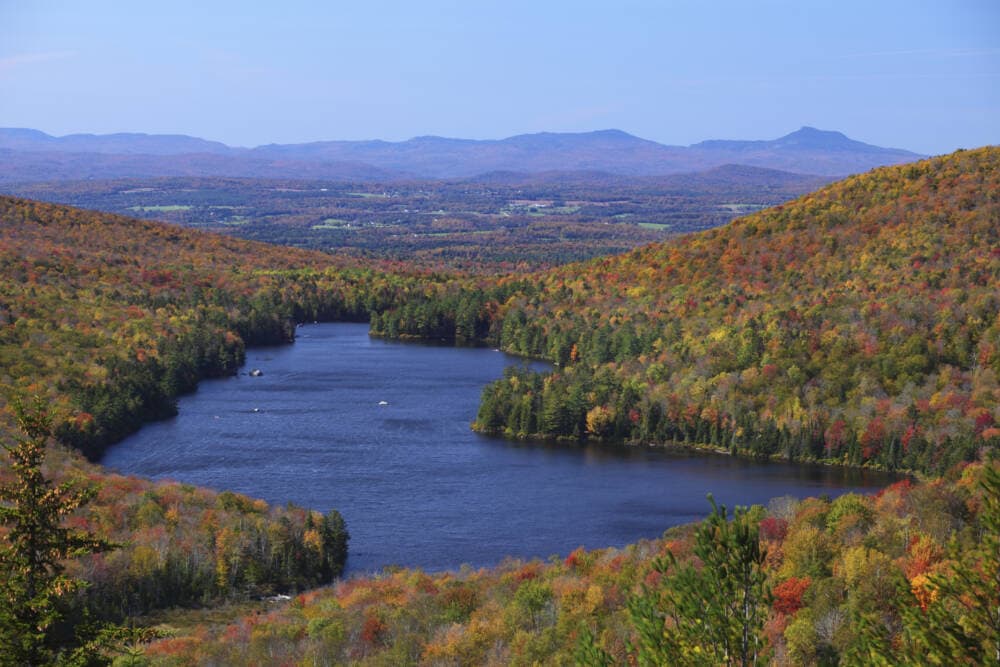Advertisement
Biggest patch of unprotected private land in Green Mountain National Forest to be preserved forever

The largest remaining piece of unconserved private property in the Green Mountain National Forest has been permanently protected from development.
The Rolston Rest property spans 2,744 acres along the Green Mountain ridge near Killington, Vermont. It includes eight mountain summits.
Hiking through, you might not even know you were on private property.
The Green Mountain Club has a popular shelter there, called Rolston Rest. The Long Trail and Catamount Ski Trail run through the parcel, and the latter is now set to be relocated on the property to better access backcountry ski glades.
The U.S. Forest Service took ownership of the property this week.
The sale was facilitated by the Trust for Public Land. The environmental nonprofit purchased the property seven years ago when it was in receivership.
"There are what we understand to be about 30 acres of old growth forest," said Shelby Semmes, the vice president for the New England region at the Trust for Public Land. "The property itself really encompasses this undulating landscape through kind of the heart of the Greens."
A $5.3 million fundraising campaign that drew from both private and public resources allowed the nonprofit to transfer the property to the Forest Service.
The federal Land and Water Conservation Fund provided critical support and donations came from large foundations as well as from Vermont residents.
The campaign included funds for the Vermont Huts Association to study a potential new backcountry hut in the area.
The property ranges from 1,550 to 2,950 feet in elevation and includes South Pond, where a suspicious fire destroyed an existing cabin in 2018.
"Conservation opportunities at this scale are somewhat few and far between in Vermont, and so we're really proud to be bringing it across the finish line and into the public's hands this month," Semmes said.
Still, she was quick to point out that, according to Forest Service data from 2020, Vermont loses about 12,600 acres of forested land each year. Some 3,500 acres of non-forested land are converted back to forest every year.
Semmes says conserving large patches of forest that run north to south like this one lets animals move freely so they can adapt to climate change.
But Semmes says as significant as a project like this can be for keeping critical habitat connected, Vermont is still overall seeing its forested landscape shrink.
This story is a production of the New England News Collaborative. It was originally published by Vermont Public.